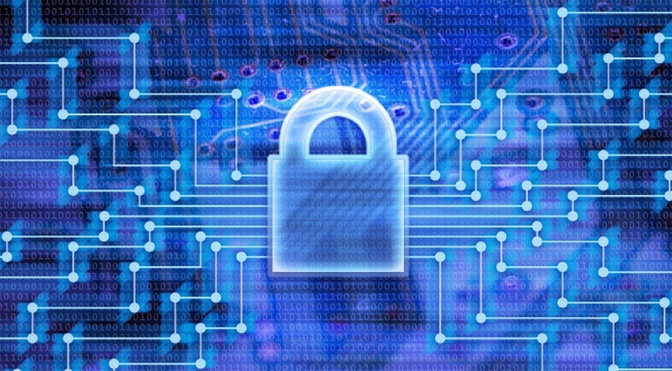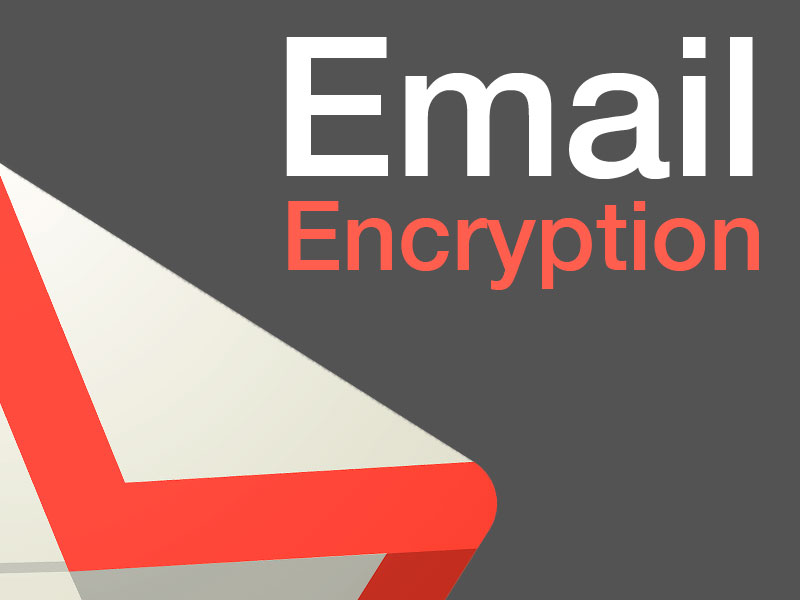Researchers have successfully developed a high-speed quantum encryption system that could prevent hackers from penetrating computers.
The new quantum encryption system represents a new level in cryptography, which is quite ironic since the advent of quantum computing has been considered a threat to current encryption methods, but it might just hold the key to keeping the internet safe and secure.
Securing The Internet
According to the researchers’ study published this week in Science Advances, the new system can create and distribute encryption codes at a rate of megabits per second, which means it transmits quantum key distribution five to ten times faster than existing methods.
Also read: Enable Google’s New “Advanced Protection” If You Don’t Want to Get Hacked
The team, composed of researchers from Duke University, Ohio State University, and Oak Ridge National Laboratory, demonstrates that the technique is immune from common attacks even in a situation where the equipment itself has exhibited a flaw that could open up leaks.
“We really need to be thinking hard now of different techniques that we could use for trying to secure the internet,” said Daniel Gauthier, a physics professor at the Ohio State University.
The frequency of data breaches is no laughing matter. Just this month, there were two reported high-profile cases of hackers breaching servers: one is the massive Uber data breach last year — which Uber just recently confessed to — that had put 57 million accounts at risk. The ride-hailing company tried to guise it as a bug bounty program achievement. Then there’s the Imgur data breach, which had affected 1.7 million accounts yet went unnoticed for years.
High-Speed Quantum Encryption: How Does It Work?
In a study published in the journal Science Advances, the researchers demonstrated a system that uses quantum key distribution (QKD), creating and distributing encryption codes at megabit-per-second rates. The secret lies in putting more information on the photons — light particles used in QKD and in most of today’s quantum networks — and combining it with high-speed detectors.
The feat was achieved by adjusting the moment when photons are released, making it possible to encode two bits of information on a photon instead of just one. As a result, their system can transmit keys five to ten times faster than current methods, which only allow for between tens to hundreds of kilobits per second. Running several systems that use their new method in parallel creates current internet speeds.
This is important, because most of today’s existing “quantum-secure encryption systems cannot support some basic daily tasks, such as hosting an encrypted telephone call or video streaming,” Nurul Taimur Islam from Duke said in a press release.
SECURING A QUANTUM FUTURE
QKD requires a set of encryption keys sent separately from the encrypted message. In principle, the information becomes “hack-proof,” because tampering with the message or the encryption key would alert both the receiver and the sender. However, QKD cannot work flawlessly, because it requires equipment that is still imperfect. This makes QKD vulnerable to hacking.
Also read: Why your smartphone’s fingerprint scanner isn’t as secure as you might think ?
“We wanted to identify every experimental flaw in the system, and include these flaws in the theory so that we could ensure our system is secure and there is no potential side-channel attack,” said Islam, explaining how they had to identify and incorporate the limitations of the equipment they used.
In any case, QKD is still currently the best chance we have for improving today’s cybersecurity measures, which have been proven — time and again — to be inadequate to deal with hacks and breaches. And because this new system used equipment that’s mostly commercially available, it would be easy to integrate into the current framework of the internet.



